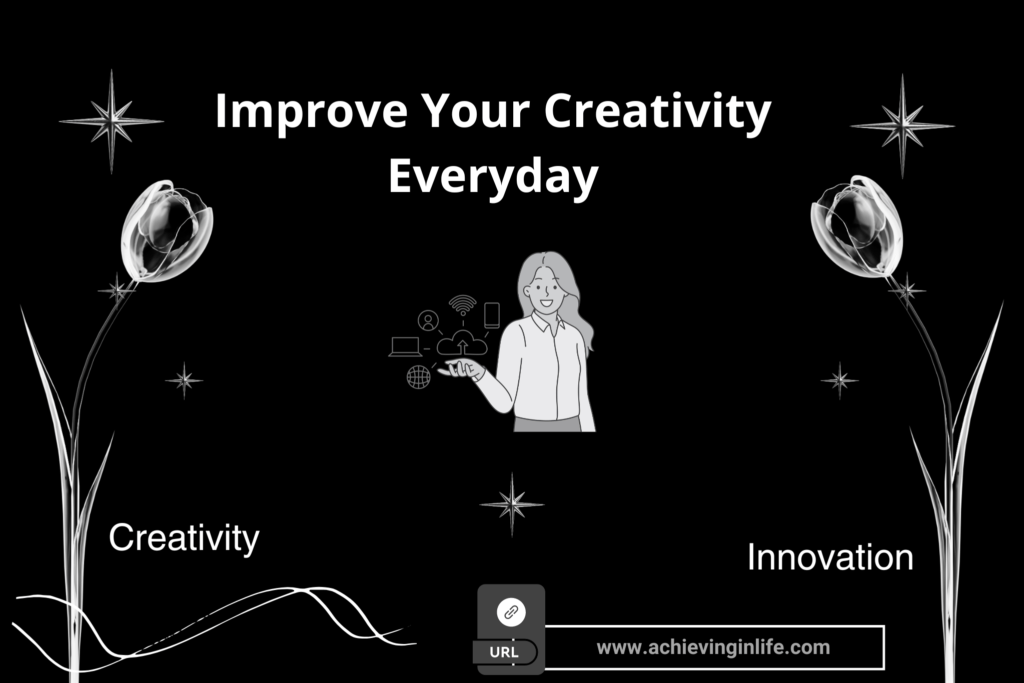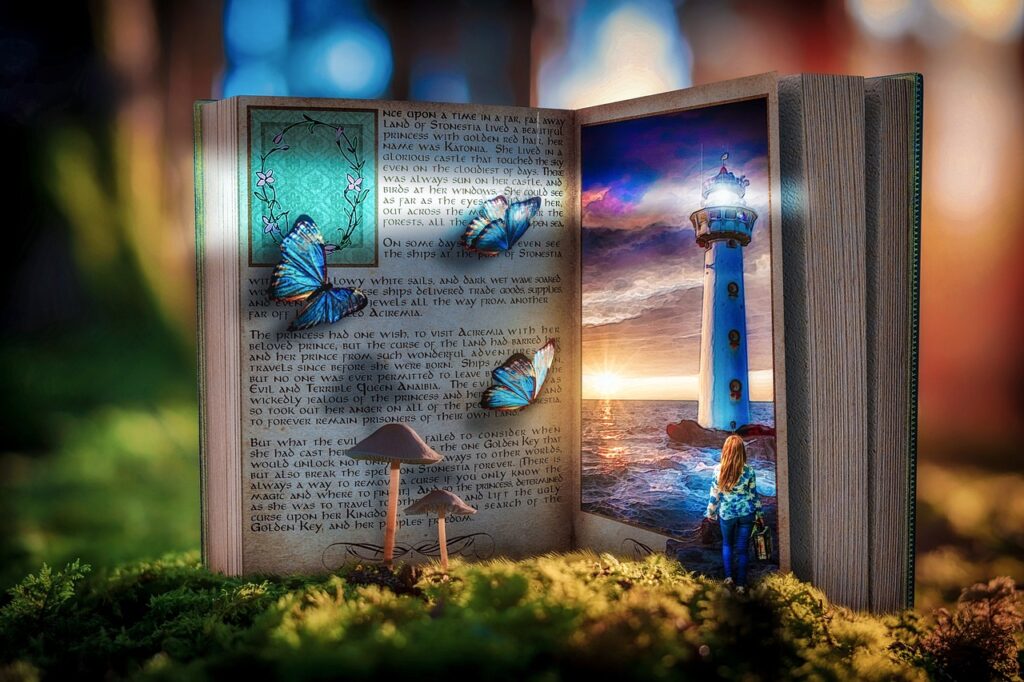
Introduction
In today’s fast-paced world, innovation and creativity are more than powerful things. They are crucial elements for both personal and professional development. But what exactly is innovation, and why is creativity so important in our everyday lives?
Definition and Scope
Innovation is the process of turning an idea or invention into a valuable product or service. It’s not just about new products but also about improving processes, services, and business models. The scope of development is vast, encompassing various fields from technology and healthcare to education and the arts.
Historical Examples of Innovation
Throughout history, self-improvement has driven progress. Think of the invention of the wheel, the printing press, and the internet. These groundbreaking ideas have transformed societies, economies, and cultures, demonstrating the immense power of innovation.
How Creativity Fuels Innovation
It is the ability to generate new and unique ideas. It is the spark that ignites innovation. With creativity, innovation can occur. Creative thinking allows us to see problems from different perspectives and develop novel solutions.
- Creativity in the workplace examples
Consider the creation of the iPhone. Steve Jobs and his team at Apple used creative thinking to revolutionize the mobile phone industry. Their innovative approach combined existing technologies in a new and user-friendly way, changing how we communicate and access information.
- Create a stimulating atmosphere
A stimulating environment is crucial for fostering creativity. It should encourage curiosity, exploration, and risk-taking. This can be achieved through various means such as decorating with inspirational art, having flexible workspaces, and ensuring access to diverse resources.
How to Design a Creative Space
Designing a creative space involves incorporating elements that inspire and motivate. This could include comfortable seating, vibrant colours, natural light, and spaces for collaborative work. Additionally, having a variety of tools and materials available can encourage experimentation and innovation.
- Overcoming Mental Blocks
Mental blocks are obstacles that hinder creative thinking. These can include fear of failure, perfectionism, and lack of confidence. Overcoming these blocks involves recognizing and challenging negative thoughts, practising mindfulness, and allowing oneself to take risks.
- Embracing Curiosity and Open-Mindedness
A creative mindset thrives on curiosity, personal development and open-mindedness. This means being willing to explore new ideas, ask questions, and be open to different perspectives. It also involves being comfortable with uncertainty and ambiguity.
Techniques to Boost Creativity
- Brainstorming Methods
Brainstorming is a popular technique for generating ideas. It involves gathering a group of people and encouraging them to think freely and suggest as many ideas as possible without judgment. This process can lead to a wide range of potential solutions.
- Mind Mapping
Mind mapping is a method that visually organizes your thoughts and concepts. It involves writing down a central idea and then branching out with related concepts. This method can help clarify thinking and uncover new connections.
- Creative Exercises and Games
Engaging in creative exercises and games can stimulate the brain and enhance creativity. Activities such as drawing, storytelling, and puzzle-solving can help break routine thinking patterns and inspire new ideas.
Also Read: 10 personal finance tips
Practical Applications of Innovation in Everyday Life
- Problem-Solving in Daily Challenges
Innovation can be applied to solve everyday problems, from finding efficient ways to organize your home to coming up with creative solutions for meal planning. By approaching challenges with a creative mindset, you can improve your quality of life.
- Enhancing Personal Projects and Hobbies
Creativity can also enhance personal projects and hobbies. Whether you’re into crafting, gardening, or writing, innovative thinking can lead to more fulfilling and successful outcomes.
- Innovation in the Workplace
In the workplace, innovation can lead to improved processes, products, and services. Encouraging a culture of inspiration among employees can result in higher productivity, job satisfaction, and business growth.
- Improving Job Performance Through Motivation
Motivation can also enhance individual job performance. By thinking creatively, employees can find new ways to complete tasks more efficiently, solve problems more effectively, and contribute more meaningfully to their organization.
Social Impact
- Community and Social Innovations
Innovation can have a significant social impact. Community-based projects that address local issues with creative solutions can improve living conditions and foster a sense of community. Social innovations, such as sustainable practices and inclusive programs, can lead to positive societal changes.
- Making a Difference through Creative Solutions
By applying creative thinking to social issues, individuals and organizations can develop solutions that make a real difference. This might include creating educational programs, developing new technologies, or advocating for policy changes.
Tools and Resources for Enhancing Creativity
- Digital Tools
- Apps and Software for Creative Thinking
There are numerous digital tools available to enhance creativity. Apps like Evernote, Trello, and MindMeister can help organize thoughts and ideas, while software like Adobe Creative Suite provides the tools needed for creative projects.
- Online Courses and Workshops
Online courses and workshops offer valuable opportunities to learn and develop creative skills. Platforms like Coursera, Udemy, and Skillshare provide courses on a wide range of topics related to vision and innovation.
Books and Literature
- Must-Read Books on Creativity and Innovation
Reading books can provide inspiration and insights into our lives. Some must-read titles include “Creative Confidence” by Tom Kelley and David Kelley, “The War of Art” by Steven Pressfield, and “Think Like a Freak” by Steven D. Levitt and Stephen J. Dubner.
- Notable Authors and Their Contributions
Notable authors such as Sir Ken Robinson, Elizabeth Gilbert, and Austin Kleon have made significant contributions to the field of creativity. Their works offer valuable perspectives and practical advice on cultivating creativity.
Dealing with Self-Doubt
- Building Confidence in Your Ideas
Self-doubt can be a major barrier to creativity. Building confidence involves trusting your ideas and being willing to share them with others. Seeking feedback and celebrating small successes can help boost confidence.
- Learning from Failures
Failures are an inevitable part of the creative process. Rather than viewing failures as setbacks, consider them as learning opportunities. Each failure brings valuable lessons that can inform future efforts.
Managing Time and Resources
- Balancing Creativity with Daily Responsibilities
Balancing creativity with daily responsibilities requires effective time management. Setting aside dedicated time for creative activities and prioritizing tasks can help ensure that creativity doesn’t get neglected.
- Efficient Time Management Techniques
Techniques such as the Pomodoro Technique, time blocking, and prioritizing tasks can help manage time more effectively. These methods can create more space for creative thinking and innovation.
Conclusion
Creativity and innovation are powerful forces that can transform everyday life. By cultivating a creative mindset, creating a conducive methods.

